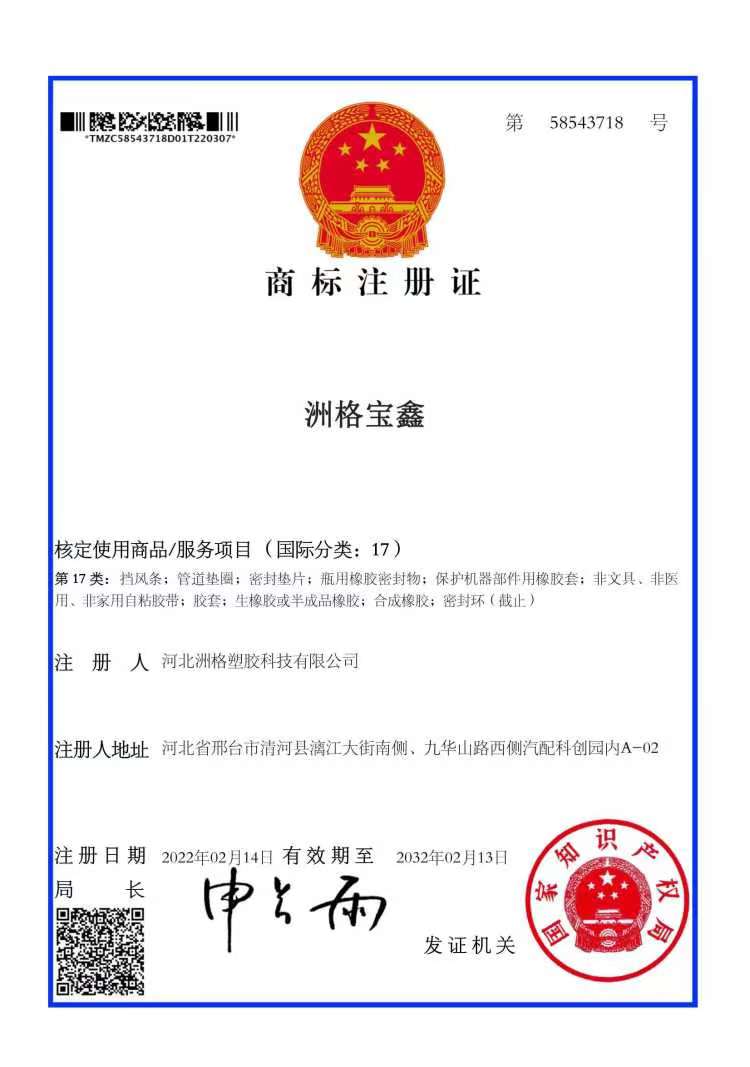Ліст . 25, 2024 01:11 Back to list
Automotive Door Rubber Seals and Weather Stripping for Enhanced Protection
Understanding Car Door Rubber Beading Importance and Benefits
Car door rubber beading plays a pivotal role in enhancing the overall functionality and longevity of vehicles. Often overlooked, this simple yet essential component is integral to the design of modern automobiles. This article delves into the significance, types, and advantages of car door rubber beading, shedding light on why it should never be underestimated.
What is Car Door Rubber Beading?
Car door rubber beading refers to the flexible rubber strips that are installed around the car doors. These strips serve multiple purposes, including sealing gaps between the door and the body of the car, reducing noise, preventing water ingress, and providing insulation. The beading is designed to compress when the door is closed, creating a tight seal that enhances the car's aerodynamics and comfort.
Importance of Rubber Beading
One of the primary functions of rubber beading is to act as a weather seal. It keeps rainwater, dirt, and debris from entering the car, thereby protecting the interior from damage and ensuring a comfortable driving experience. In addition, rubber beading helps to reduce wind noise, contributing to a quieter cabin environment. This is particularly important for long drives, where excessive noise can lead to fatigue and irritation.
Moreover, rubber beading also plays a role in enhancing passenger safety. By sealing the door effectively, it minimizes the risk of external elements penetrating the vehicle during accidents or harsh weather conditions. This form of protection can add an extra layer of safety for passengers, especially in the case of an unfortunate event.
Types of Car Door Rubber Beading
car door rubber beading

Rubber beading comes in various types, each designed for specific applications
. Some of the most common types include1. EPDM Rubber Beading Known for its high resistance to weathering and UV degradation, EPDM (Ethylene Propylene Diene Monomer) is often used in vehicles for long-lasting performance.
2. PVC Beading Polyvinyl Chloride (PVC) beading is lightweight and provides adequate sealing but may not be as durable as other types under extreme conditions.
3. Silicone Beading Offering superior flexibility and resilience, silicone beading can withstand high temperatures and is often used in premium vehicles for enhanced comfort.
Understanding these types allows vehicle owners to choose the most suitable beading for their specific needs, ensuring that their cars remain well-protected and comfortable.
Benefits of Maintaining Rubber Beading
Regular inspection and maintenance of car door rubber beading can significantly extend its lifespan and performance. Damaged or worn-out beading can lead to undesirable outcomes, such as leaks, increased noise, and even corrosion of metal components over time. By replacing or repairing damaged rubber beading, vehicle owners can maintain a snug fit for the doors, thus enhancing the overall functionality and aesthetic of the vehicle.
In conclusion, car door rubber beading is a small yet crucial aspect of automotive design and functionality. From preventing water and noise intrusion to enhancing safety features, this unassuming component contributes significantly to the driving experience. For car owners, staying vigilant about the condition of rubber beading can help maintain the vehicle's value and ensure a comfortable ride for years to come. Investing in quality rubber beading and regular maintenance is not just a good practice; it's essential for the longevity of any vehicle.




